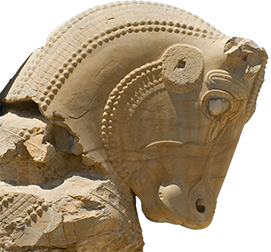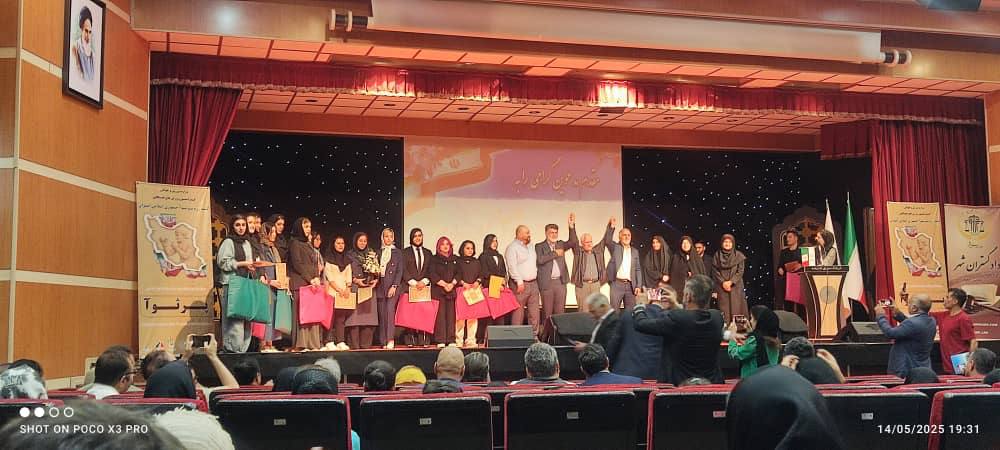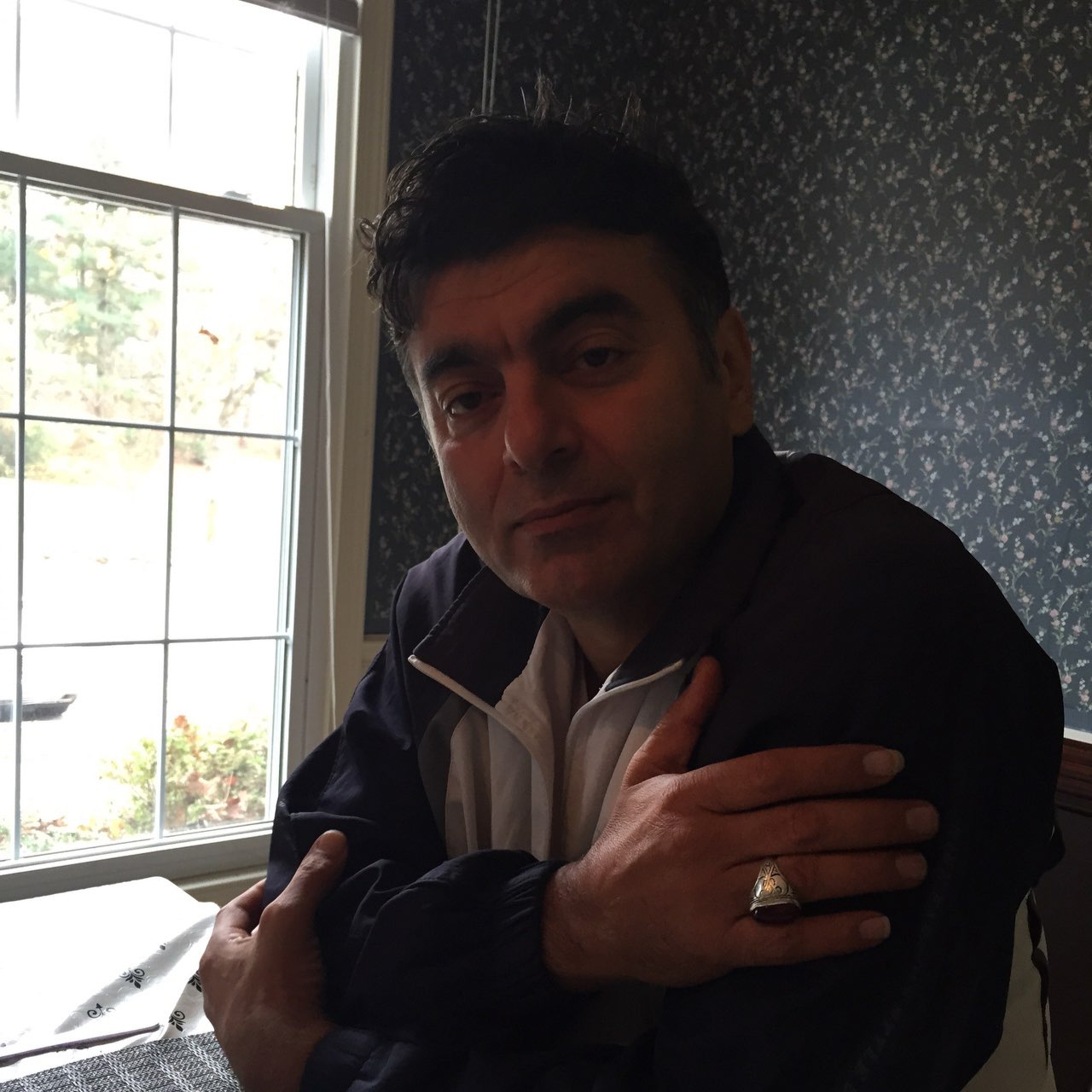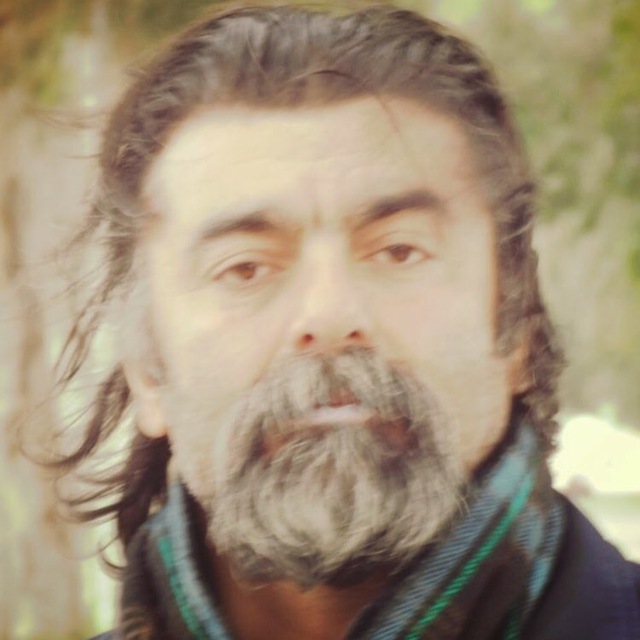The 25th International Partoa Day Cultural and Sports Festival was held in Tehran on the occasion of Hakim Ferdowsi's birthday.
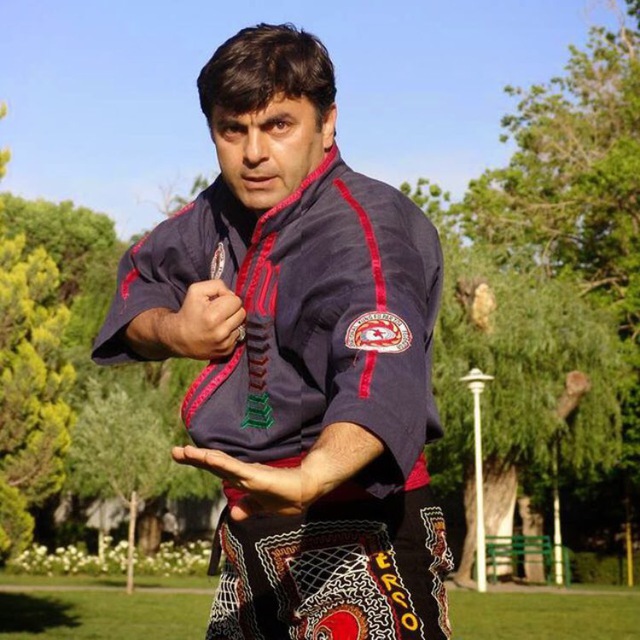
ABOUT US
Parthowa
Partoa– The Ancient Martial Art
Partoa is a traditional martial art with historical roots reaching back over 6,000 years into the ancient lands of Iran. More than a system of physical combat, Partoa is a comprehensive discipline that harmonizes body, mind, and spirit, reflecting the cultural, ethical, and spiritual dimensions of civilization.
Philosophy and Structure
The training system of Partoa is founded on four core stages of personal development:
1. Tavanayi (Power) – Physical strength and functional ability
2. Danayi (Knowledge) – Awareness, learning, and tactical wisdom
3. Binayi (Insight) – Perception, situational intelligence, and clarity
4. Ruhani or Barnayi (Spiritual Nobility) – Inner maturity, ethical refinement, and elevated character
The word Partoa is derived from the ancient root “Pahlav”, the same origin as Pahlevan (champion). In ancient Iran, the title Partoa referred to a noble warrior who had attained the highest balance of strength, knowledge, insight, and inner purity.
Read More...
Historical Journey and Cultural Preservation
Over centuries, due to invasions and socio-political upheavals, the formal practice of Partoa faded. However, its essence lived on through regional traditions and cultural expressions across Iran, including:
• Zurkhaneh (Iran’s traditional martial gymnasium)
• Indigenous wrestling and combat arts, such as:
• Locho (Mazandaran)
• Choukheh (Khorasan)
• Gil-Mardi (Gilan)
Its influence is also evident in the warrior dances and ritual performances of various regions:
• Chakeh Sama and Tabar Dance (Mazandaran)
• Chop Dance (Sistan and Baluchestan)
• Sword Dance (South Khorasan)
•Lesgi Dance (Azerbaijan)
• halpereke Dance (Kurdistan)
Modern Revival and International Recognition
Since 2000, Partava has been officially revived as a modern martial art and recognized as a distinct discipline. Today, it is practiced and taught in several countries around the world.
Partoa integrates striking techniques (hands and feet) with throws and grappling, both standing and on the ground, within its own set of rules and ethical code. Its diverse styles are adapted and practiced across training centers, martial arts schools, international festivals, and cultural camps.
Educational and Social Values
Partoa is more than a sport; it is a transformational system designed to cultivate the practitioner physically, mentally, culturally, and spiritually. Its core values include:
• Promoting physical health and functional fitness
• Developing self-discipline, confidence, and focus
• Teaching ethics of chivalry, respect, humility, and compassion
• Bridging generational and ethnic gaps through shared heritage
• Preserving and transmitting Iran’s intangible cultural heritage globally
Organizational Development and Global Expansion
Partoa is now represented by official organizations, regional federations, clubs, and certified instructors across different countries. Tournaments, training programs, coaching courses, and cultural-educational events are continuously expanding. Efforts are also underway to register Partoa as part of Iran’s Intangible Cultural Heritage with UNESCO.
Conclusion
Partoa is a living representative of the soul, history, and heroic culture of Iran. Rooted in the harmony between strength and wisdom, body and spirit, tradition and future, it offers a martial path grounded not only in combat—but in living by the timeless values of human dignity and legacy.
Events
latest from the blog
Far far away, behind the word mountains, far from the countries Vokalia and Consonantia
RECENT WORK
meet our expert team
Far far away, behind the word mountains, far from the countries Vokalia and Consonantia, there live the blind texts. Separated they live in Bookmarksgrove right.
